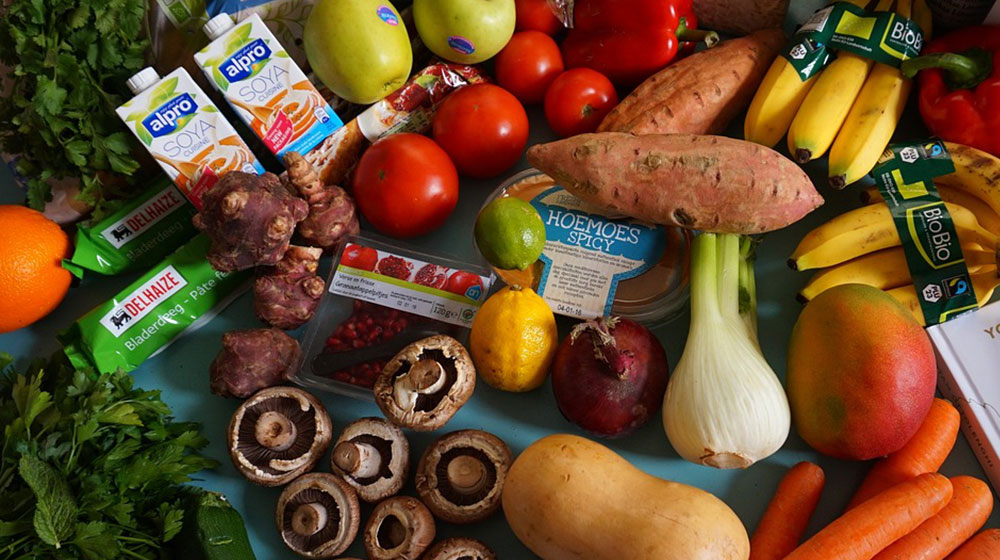10 Simple Strategies to Slash Your Grocery Bill Without Sacrificing Quality

Grocery shopping can be one of the largest recurring expenses for households, but it doesn’t have to break the bank. With a little planning, smart shopping habits, and a few insider tricks, you can save a significant amount on your grocery bill. Whether you’re shopping for a family, couple, or just yourself, these tips will help you maximize savings without sacrificing quality or nutrition.
Make a Meal Plan and Stick to a List
One of the easiest ways to save money is by planning your meals in advance. By creating a weekly meal plan, you can make a shopping list of only the ingredients you need, avoiding impulse purchases or unnecessary items. A list keeps you focused, reduces food waste, and ensures you don’t overbuy.
Tips for Sticking to Your List:
Check your pantry before shopping to avoid buying duplicates.
Organize your list by section (produce, dairy, etc.) to streamline your trip.
Use meal-planning apps to generate lists based on your chosen recipes.
Shop the Sales and Use Coupons
Taking advantage of sales and coupons can lead to significant savings over time. Many stores have weekly promotions on essentials like meat, dairy, and produce, while digital or paper coupons offer additional discounts.
How to Maximize Savings:
Check store flyers or apps before you shop for weekly deals.
Use coupon apps like Ibotta, Rakuten, or store-specific apps for instant rebates and discounts.
Stack coupons with sales to maximize your savings. Many stores allow you to combine a manufacturer’s coupon with a store coupon for double the discount.
Buy in bulk for non-perishable items like pasta, canned goods, and frozen foods when they’re on sale.
Buy Generic or Store Brands
Many store-brand products are just as good as, if not better than, their name-brand counterparts—and they typically cost 20-30% less. Grocery stores often place name-brand products at eye level, but look on lower or higher shelves for the more affordable store-brand options.
What to Buy Generic:
Staples like rice, flour, sugar, and spices.
Dairy products like milk, cheese, and butter.
Canned goods like beans, tomatoes, and soup.
Frozen vegetables and snack items.
Shop Seasonally and Locally
Fruits and vegetables that are in season tend to be less expensive because they are more abundant and don’t require extensive shipping. You can save money by buying local produce when it’s in peak season, and it will often taste fresher too.
Ways to Shop Seasonally:
Check the farmers’ market for seasonal produce, which can often be cheaper than grocery store prices.
Buy in bulk when produce is in season and freeze or preserve it for later.
Look for seasonal sales: stores often offer discounts on produce that’s in high supply.
Use Loyalty Programs
Most major grocery stores offer free loyalty programs that reward you with discounts, coupons, or points that can be redeemed for future purchases. Signing up is simple and can lead to regular savings.
How Loyalty Programs Save You Money:
Exclusive discounts and coupons sent to members.
Cash-back rewards: Some programs let you earn points for every dollar spent, which can be redeemed for store credit.
Gas rewards: Many grocery stores partner with gas stations to offer fuel savings based on your grocery spending.
Avoid Shopping When Hungry
Shopping on an empty stomach can lead to impulse buying, often of more expensive or unhealthy snacks that you wouldn’t typically purchase. To avoid temptation, make sure to eat before heading to the store.
How to Curb Impulse Purchases:
Set a budget before entering the store, and stick to it.
Avoid end caps: Stores often place high-priced, impulse items on the ends of aisles.
Shop alone if possible: Shopping with others can lead to extra, unplanned purchases.
Buy Frozen, Not Fresh
While fresh produce is great, frozen fruits and vegetables are often just as nutritious and can be much cheaper, especially when out of season. They also have a longer shelf life, helping you cut down on food waste.
Why Frozen Can Be a Better Option:
No spoilage: Frozen items last months, so you don’t have to worry about them going bad.
Nutritional value: Frozen fruits and vegetables are often frozen at peak ripeness, locking in their nutrients.
Lower cost: Frozen produce is typically cheaper per pound than fresh, especially for berries, spinach, and peas.
Embrace Meatless Meals
Meat is often one of the most expensive items on the grocery list. Incorporating more plant-based meals into your weekly routine can significantly reduce your grocery bill. Consider adding beans, lentils, eggs, and tofu to your shopping list as inexpensive, protein-rich alternatives.
Ideas for Meatless Meals:
Chickpea or lentil curries
Vegetable stir-fries
Bean chili or tacos
Pasta with tomato-based or vegetable sauces
Shop in Bulk for Staple Items
Bulk stores like Costco or Sam’s Club offer great deals on items you use frequently, such as grains, canned goods, and cleaning products. However, it’s important to be selective when buying in bulk—stick to items you’ll actually use and that have a long shelf life.
Smart Bulk Purchases:
Pantry staples like rice, beans, pasta, and flour.
Toiletries like toilet paper, paper towels, and soap.
Non-perishable snacks like nuts, crackers, and granola bars.
Compare Unit Prices
When comparing prices, don’t just look at the sticker price—check the unit price (price per ounce, pound, or liter) to see which product offers the best value. Larger packages are often a better deal, but not always, so it’s worth taking a moment to compare.
Saving money at the grocery store is all about being smart and strategic with your shopping habits. From planning your meals and using coupons to buying in bulk and shopping seasonally, there are many ways to reduce your grocery bill without compromising on quality or nutrition. By incorporating these tips into your routine, you can enjoy delicious meals while keeping more money in your pocket.







